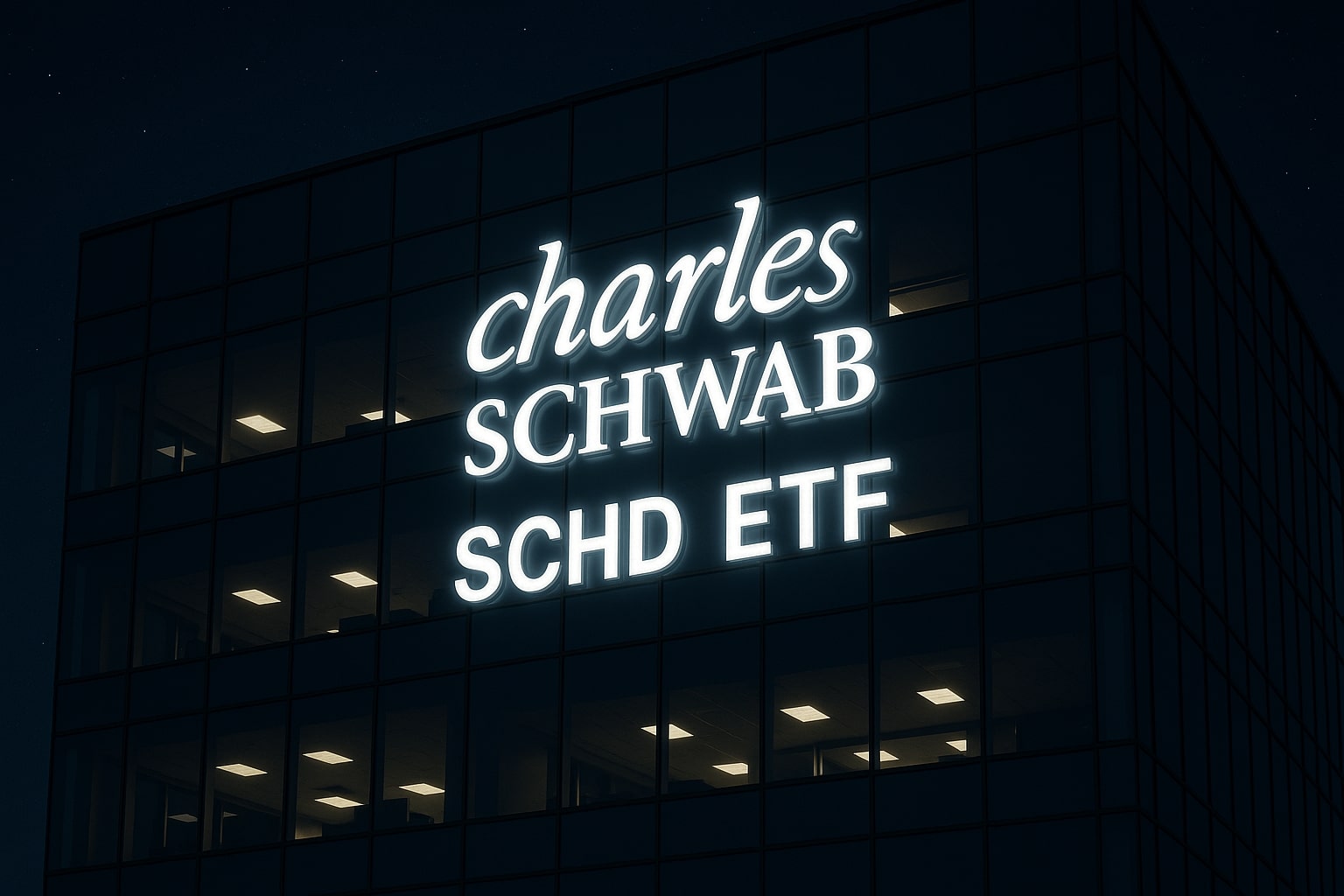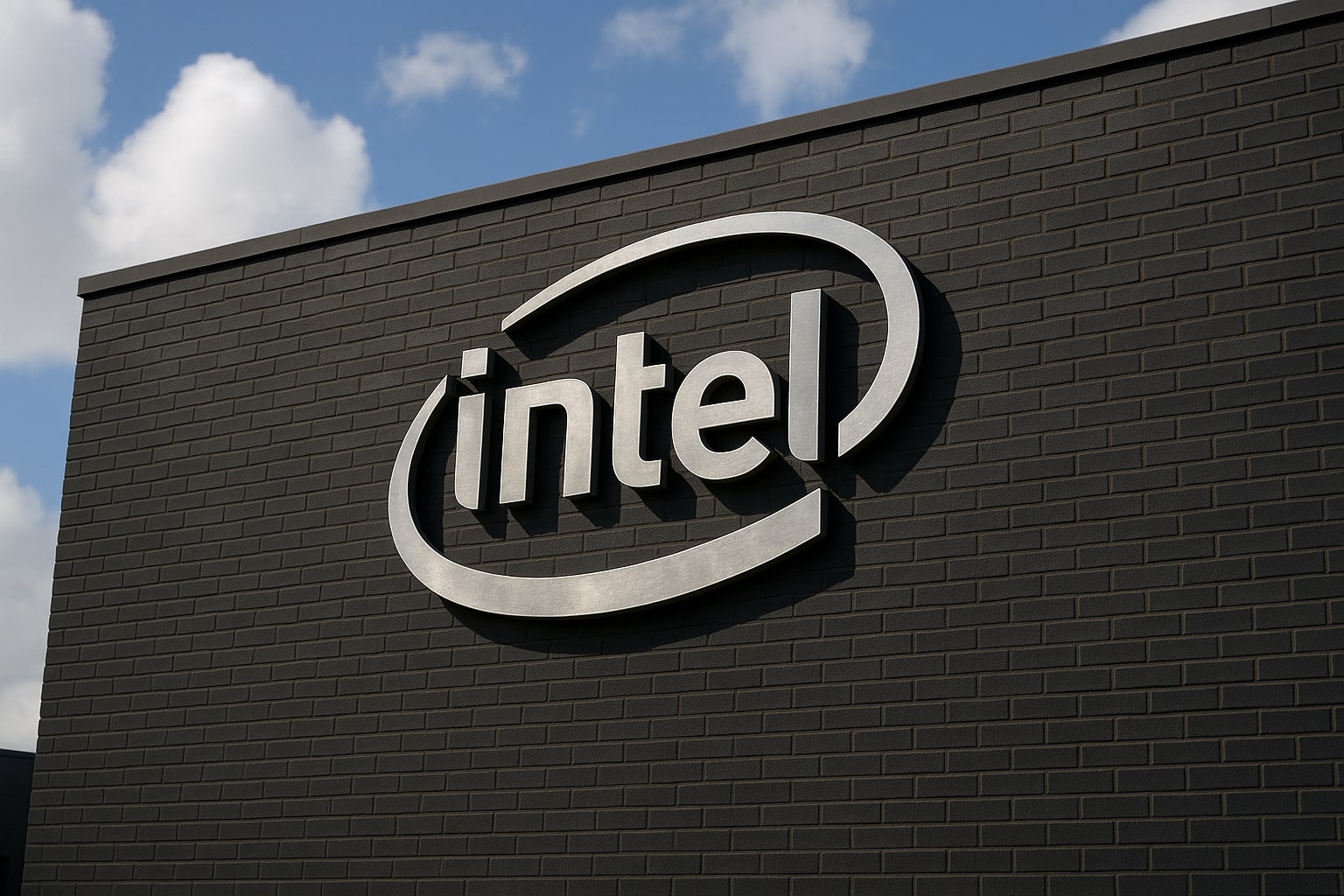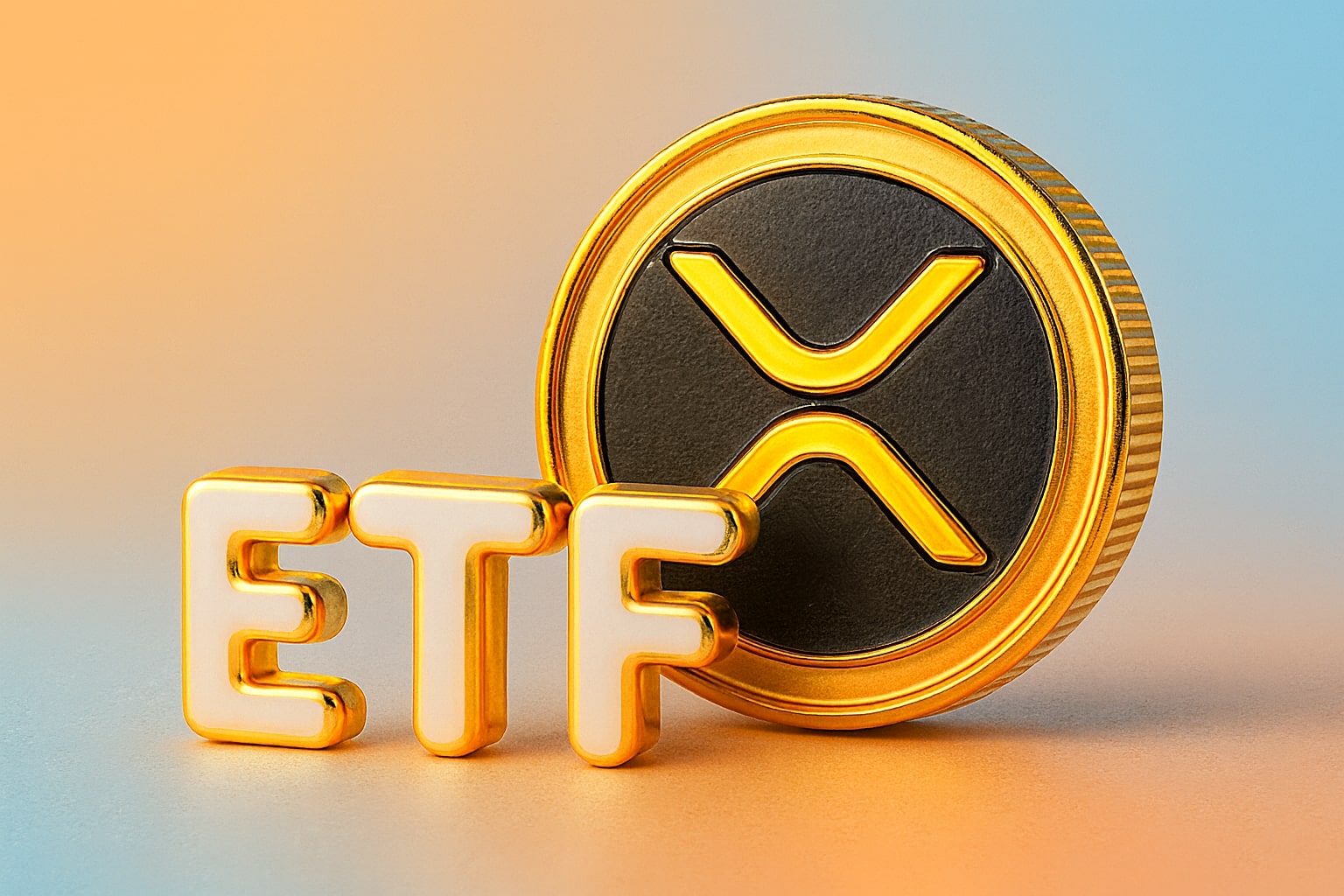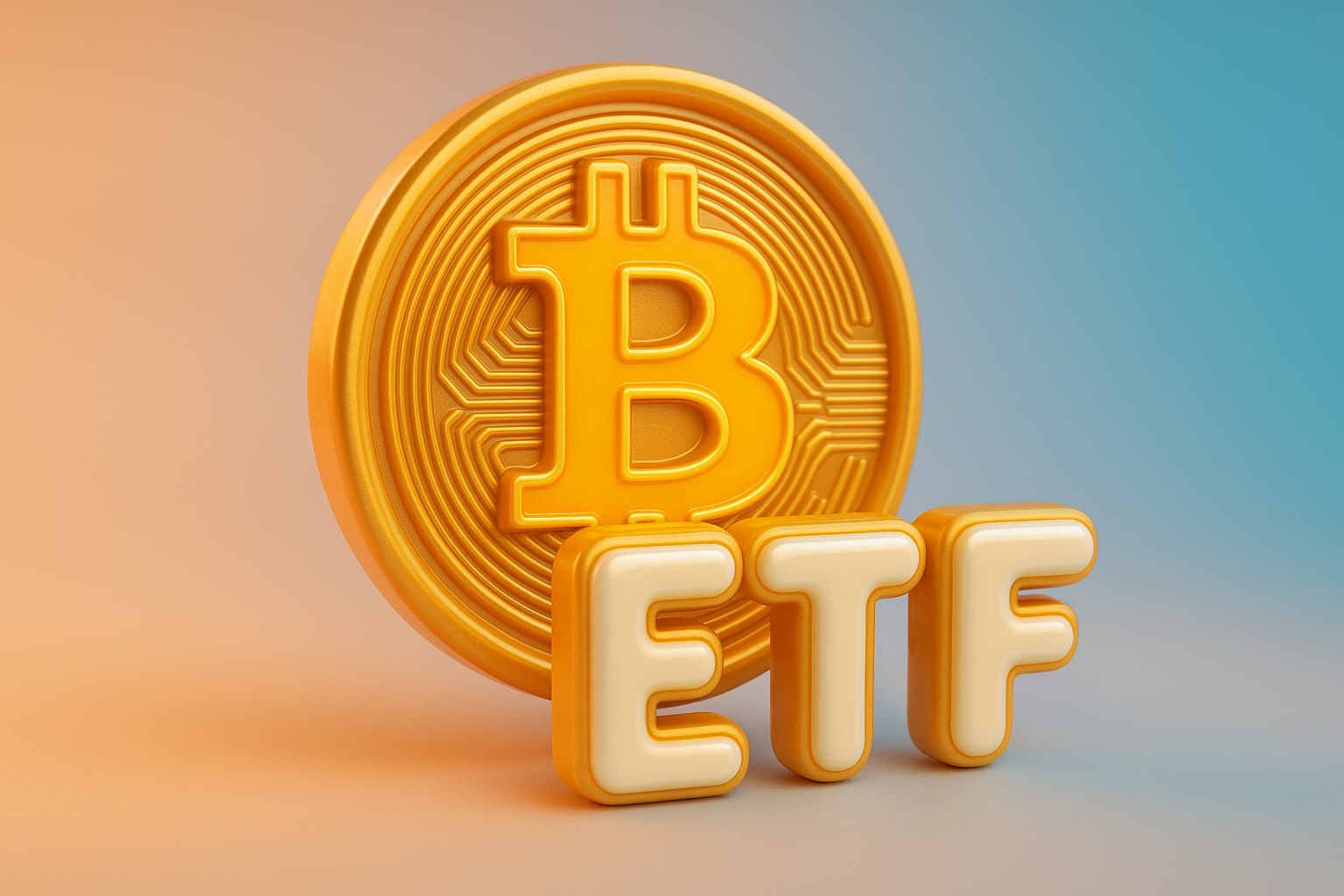Bitcoin Leverage or Dividend Sinkhole? Breaking Down the True Risk-Reward in NASDAQ:MSTR
MSTR’s Bitcoin Load Surpasses 601,550 Coins as Capital Strategy Turns Hyper-Leveraged
MicroStrategy (NASDAQ:MSTR) has cemented its position as the most aggressive Bitcoin proxy on public markets. With the latest addition of 4,225 BTC between July 7–14, the company now controls 601,550 Bitcoin, equal to over 3% of circulating supply and approximately $71.4 billion in notional value at $118,700 per BTC. This accumulation wasn't funded by cash flow—it was financed by an intricate web of equity and preferred stock sales that are increasingly dilutive to shareholders.
The company's ongoing at-the-market (ATM) equity issuance has turned MSTR into a financial engine that prints equity to buy BTC. Between July 7–14 alone, MicroStrategy issued 797,008 MSTR shares, raising $330.9 million, plus another $141.4 million from preferred offerings. The result is a highly leveraged crypto bet that amplifies upside—at the cost of dilution, future liabilities, and valuation extremes.
STRF vs MSTR: Yield-Rich Preferred Shares Create Hidden Drain on Bitcoin Reserves
The most revealing development isn't Bitcoin exposure itself—it's the quiet but massive build-up in preferred dividend obligations. The firm’s three preferred share classes—STRK, STRF, and STRD—now carry $326.5 million in annualized dividend payments, most of which are mandatory. At full utilization of all remaining preferred ATM programs, that figure balloons to $2.56 billion annually.
STRF, offering a 10% dividend, raised $55.3 million last week and remains the favored tranche for income-focused investors. But these payments are not coming from operational cash flow—they’re funded from the same ATM taps used to buy BTC. This means that if Bitcoin stalls or reverses, the company may have to liquidate BTC to fund its dividend commitments. The math is sobering: if MSTR’s ability to issue equity declines, the entire Bitcoin treasury becomes a funding source.
You can monitor all insider moves here: MSTR Insider Transactions.
Common Shares Trade at 96% Premium to BTC-Backed NAV—Insiders Unload While Retail Chases FOMO
MicroStrategy trades at an mNAV of 1.96, nearly double the per-share value of its BTC holdings. That means every $1 of Bitcoin on the balance sheet is being valued at nearly $2 by the market—a premium that could only be justified by either 1) dramatic AI business growth or 2) speculative demand from retail Bitcoin bulls.
Insiders, meanwhile, are taking advantage of this premium. Recent 8-K filings show continued use of the MSTR ATM—$17.8 billion remains untapped—a clear sign management is leaning on market euphoria to fund treasury expansion. Yet, despite owning $71.4 billion worth of BTC, MicroStrategy remains unprofitable and has no clear path to operating income outside of crypto speculation.
Bitcoin Bull Thesis Remains Intact, but Strategy’s Payout Engine Faces Rate Risk
The bull case hinges on a 2025 Bitcoin price target of $150,000, driven by halving cycle dynamics and ETF demand. If BTC hits that mark, MSTR could trade at extreme highs—but the mechanics of funding STRF, STRK, and STRD dividends become critical. At current rates, the $2.56 billion in preferred payouts represents a liability that only makes sense if BTC outpaces a 10% return annually.
Preferred shares like STRF appear more rational for income-seeking investors. Based on a 10% yield and current price of $118.50, STRF offers 28.3% upside if it rerates to a 6.6% yield, bringing the share price to $152. If interest rates fall and STRF trades at the 4.44% yield of 10-year Treasuries, price could exceed $227. This asymmetric return profile works regardless of whether Bitcoin rises or stalls—unlike MSTR common stock, which is chained to BTC performance and valuation risk.
AI Unit Still a Fantasy: 71% Gross Margin Isn’t Enough to Offset Crypto Exposure
MSTR’s AI analytics business, anchored by its Strategy One product, does offer some long-term promise. Gross margins stand at a robust 71%, well above the sector median of 50%, but the company remains unprofitable with no near-term expectation of turning that around.
AI involvement may explain part of the valuation premium, but as of July 2025, revenue from the AI unit is dwarfed by the balance sheet impact of BTC. Projections suggest profitability by 2027, but without clarity on segment-specific revenue and operating margin, it’s difficult to model upside with confidence.
What’s more likely is that the AI angle is being used as a narrative amplifier for MSTR’s valuation multiple—giving retail investors another reason to ignore the dilution and focus on a “double leverage” story of BTC + AI.
MSTY ETF Offers 127% Yield—but Capital Erosion Risks Remain
For investors seeking exposure to MSTR’s volatility without the underlying equity risk, the MSTY ETF has become a popular yield play. Paying a 127% trailing annual yield, MSTY generates returns through a derivatives strategy on MSTR, distributing monthly income. However, the underlying price declines over time, and total return may underperform if MSTR stalls or drops.
Charts show that MSTY returns only 1.41% excluding distributions over the recent period, underscoring the erosion risk. With a 0.99% expense ratio and uncertain future yields, MSTY is suitable only for high-risk tolerance investors who accept capital loss in exchange for income.
Volatility Cuts Both Ways: MSTR Can Fall Faster Than BTC in Bear Cycles
In bull markets, MSTR outperforms BTC. Over the last 5 years, MSTR surged 3,484%, compared to Bitcoin’s 1,175% gain. But the inverse is also true: MSTR can lose 90% of its value in bear cycles, while BTC typically drops 70–80%. This asymmetric volatility makes MSTR a dangerous hold in bearish or sideways BTC scenarios.
Investors need to time entries with Bitcoin’s halving cycle, ideally accumulating MSTR near halving lows and trimming near cycle tops. Current cycle timing models point to a Bitcoin peak in October 2025, 1,064 days from the 2022 bottom—consistent with prior halving cycles. If history repeats, MSTR could ride another leg higher in Q3–Q4, but risk increases if it fails to break past its NAV premium ceiling.
Verdict: SELL NASDAQ:MSTR – BUY STRF for Safer Yield Exposure
MicroStrategy (NASDAQ:MSTR) is overvalued by any traditional metric. Trading at nearly 2x NAV, it represents a speculative instrument on Bitcoin, layered with dilution and funding risk. While the thesis of BTC reaching $150,000 in late 2025 remains plausible, the vehicle to play it matters.
For aggressive traders, MSTR may still offer alpha during peak upside legs. But for investors seeking a sustainable, rational BTC proxy, STRF preferred shares offer superior yield, lower volatility, and upside if interest rates normalize.
MSTR's AI business is not yet meaningful. The dilution treadmill is real. Preferred liabilities are mounting. If BTC stalls, MSTR’s premium and market cap will deflate, forcing asset sales or deeper dilution.
Final Rating: SELL NASDAQ:MSTR — BUY STRF for Yield and Relative Safety



















